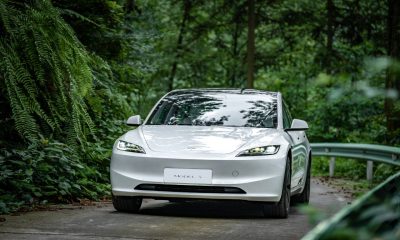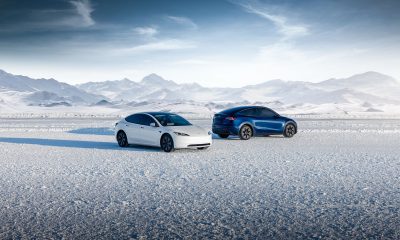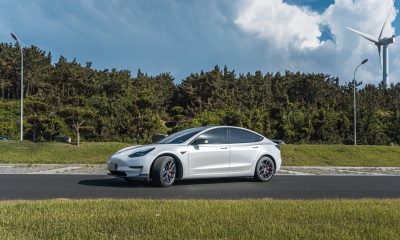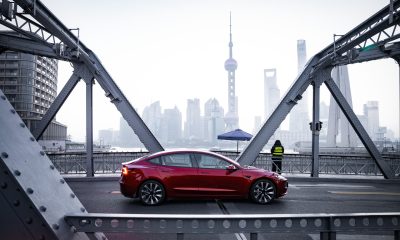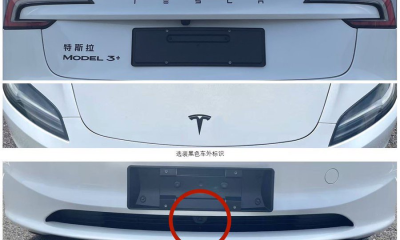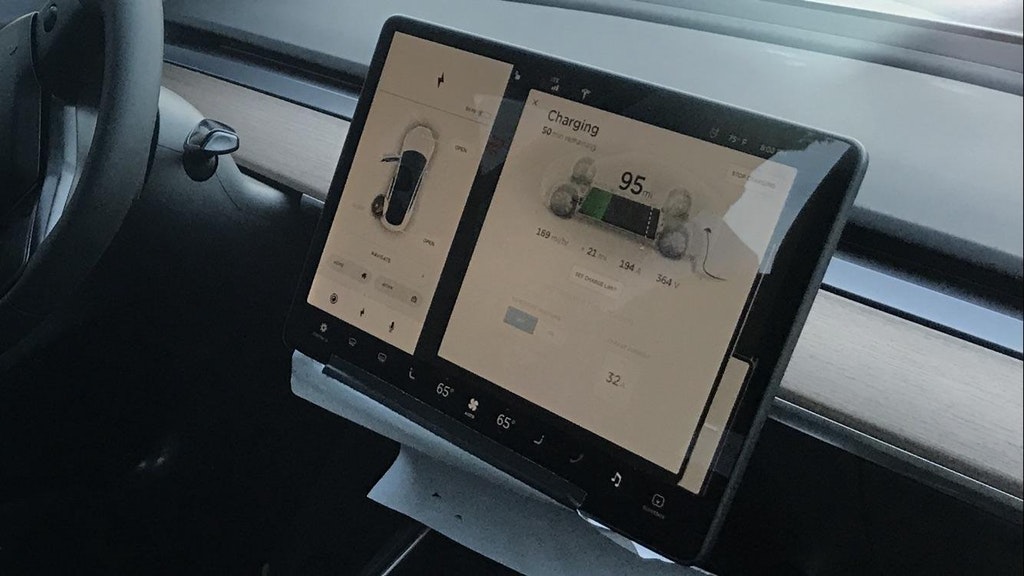
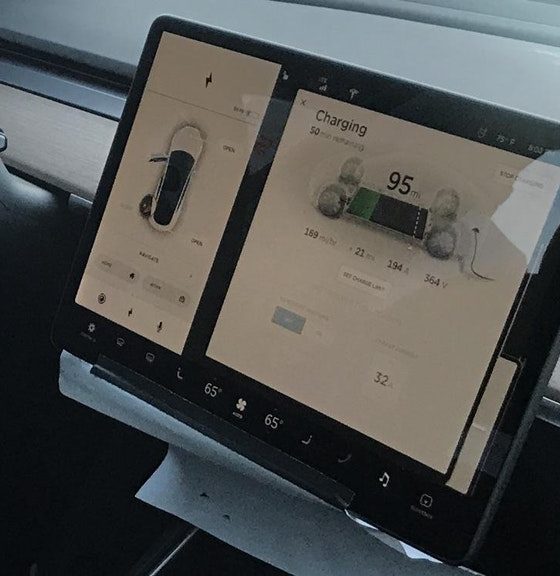
News
Tesla could be using a “4416” battery cell in Model 3 and next-gen S, X fleet
Just days before Tesla releases official details for Model 3, including battery pack sizes and their respective driving range, a new rumor has emerged pointing to a new “4416” lithium ion battery cell being produced by the Silicon Valley-based electric car maker.
The news comes to us from Ben Sullins at Teslanomics who received an insider tip that Tesla has produced a significantly larger cylindrical battery cell that’s roughly 44mm in diameter and 160mm in height, also known as a 44160 cell, and currently being used in the Model 3 battery pack. The new information goes against previous speculation that Tesla will be using it’s newest high energy density 2170 cell in the Model 3. Tesla’s Gigafactory is currently producing 2170 cells for use in its commercial Powerwall and Powerpack battery storage systems.
We had previously reported that Model 3 will be available in a 60 kWh and 75 kWh battery pack option. Unlike Tesla’s flagship Model S and X which currently utilizes its traditional 18650 battery cell, packaged within 16 individual battery modules, Model 3 will utilize only 4 modules containing the much larger and higher energy density 44160 cell.
Though the new insider tip is highly speculative, a new cell design with higher energy density would validate Musk’s previous reveal that Model 3’s shorter wheelbase can only support up to a 75 kWh pack if used with Tesla’s current cell type. Musk also recently confirmed that their are no plans to use the 2170 cells in Model S and Model X vehicles.
The shorter wheelbase only allows for a 75 kWh pack in Model 3 at current cell/module energy densities
— Elon Musk (@elonmusk) March 24, 2017
A larger and more energy dense 44160 lithium ion cell would allow Tesla to presumably use less cells, lower battery pack weight, while achieving the same energy output. This would also explain why recent spy shots showing the battery meter on the Model 3 center display revealed that it was capable of over 300 miles of range from a 75 kWh pack. A lighter vehicle with a more energy dense battery pack means greater range.
Model 3’s assumed 310 mile driving range represents nearly a 20% increase over a Model S 75 which achieves 259 miles of range with a 75 kWh battery. Incidentally, Tesla confirmed that Model S 75 in rear wheel drive will be discontinued, fueling even more speculation that Tesla could be bringing 44160 cells to future Model S and Model X vehicles that are due for a refresh.
What do you think? Leave us your thoughts in our forum.
Updated: Tesla has confirmed the use of 2170 form factor cells in the Model 3
Check out today’s Monday Teslanomics Live News where Ben discusses his thoughts around the topic.
News
This signature Tesla feature is facing a ban in one of its biggest markets
The report indicates that Chinese government agencies have concerns “about failure rates and safety issues with the flush design.”
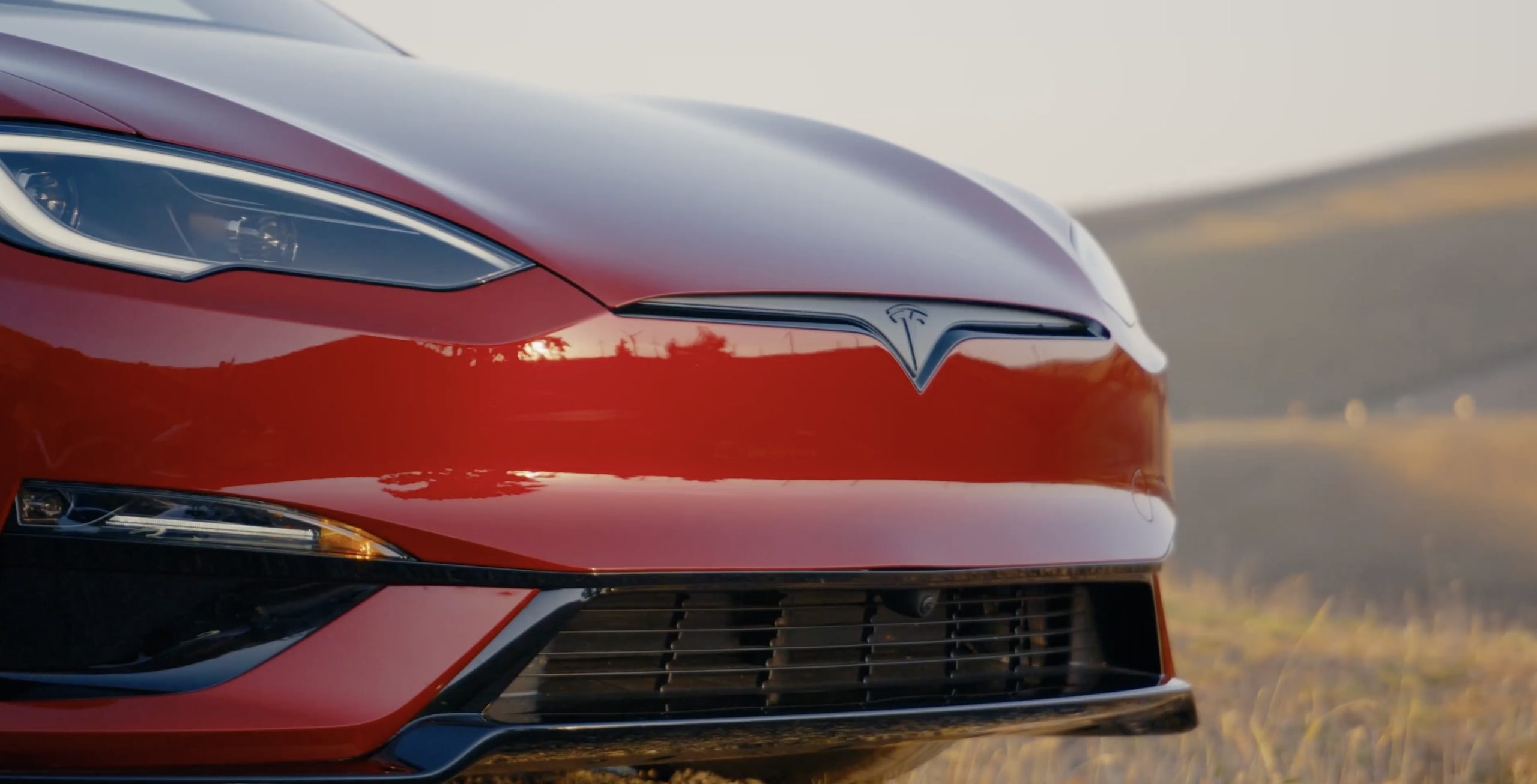
A signature Tesla feature is under fire in one of the company’s largest markets, as regulators in one EV hot spot are mulling the potential ban of a design the automaker implemented on some of its vehicles.
Tesla pioneered the pop-out door handle on its Model S back in 2012, and CEO Elon Musk felt the self-presenting design was a great way to feel like “you’re part of the future.”
It is something that is still present on current Model S designs, while other vehicles in the Tesla lineup have a variety of handle aesthetics.
According to Chinese media outlet Mingjing Pro, the company, along with others using similar technology, is facing scrutiny on the design as regulators consider a ban on the mechanism. These restrictions would impact other companies that have utilized pop-out handles on their own designs; Tesla would not be the only company forced to make changes.
The report indicates that Chinese government agencies have concerns “about failure rates and safety issues with the flush design.”
However, EVs are designed to be as aerodynamically efficient as possible, which is the main reason for this design. It is also the reason that many EVs utilize wheel covers, and sleek and flowing shapes.
However, the Chinese government is not convinced, as they stated the aerodynamic improvements are “minimal,” and safety issues are “significantly elevated,” according to The Independent.
The issue also seems to be focused on how effective the handle design is. According to data, one EV manufacturer, which was not specified in the report, has 12 percent of its total repairs are door handle failure fixes.
There are also concerns about the handles short-circuiting, leaving passengers trapped within cars. Tesla has implemented emergency latch releases in its vehicles that would prevent passengers from getting stuck in their cars in cases of electric malfunctions or failures.
However, evidence from the Chinese Insurance Automotive Technology Research Institute (C-IASI) suggests that 33 percent of door handles using this design fail to function after a side impact.
Obviously, Tesla and other automakers could introduce an alternative design to those vehicles that are affected by the potential restrictions China intends to impose. The regulation would take effect in July 2027.
News
Tesla is bailing out Canadian automakers once again: here’s how
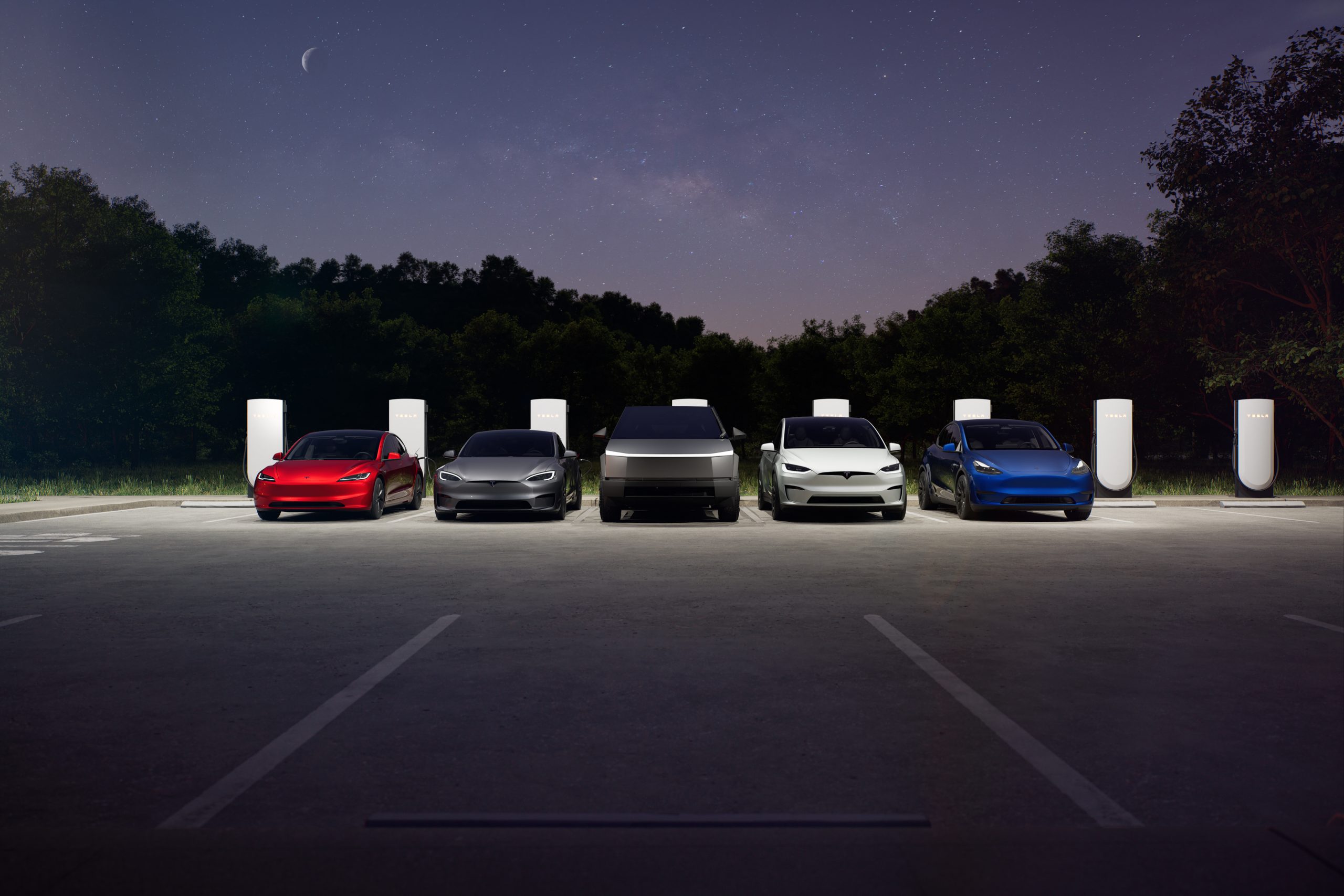
Tesla is bailing out Canadian automakers once again, as some companies in the country are consistently failing to reach mandated minimum sales targets for emission-free vehicles.
Many countries and regions across the world have enacted mandates that require car companies to sell a certain percentage of electric powertrains each year in an effort to make sustainable transportation more popular.
These mandates are specifically to help reduce the environmental impacts of gas-powered cars. In Canada, 20 percent of new car sales in the 2026 model year must be of an emissions-free powertrain. This number will eventually increase to 100 percent of sales by 2030, or else automakers will pay a substantial fine — $20,000 per vehicle.
There is a way companies can avoid fines, and it involves purchasing credits from companies that have a surplus of emissions-free sales.
Tesla is the only company with this surplus, so it will be bailing out a significant number of other automakers that have fallen short of reaching their emissions targets.
Brian Kingston, CEO of the Canadian Vehicle Manufacturers’ Association, said (via Yahoo):
“The only manufacturer that would have a surplus of credits is Tesla, because all they do is sell electric vehicles. A manufacturer has to enter into an agreement with them to purchase credits to help them meet the mandate.”
Tesla has made just over $1 billion this year alone in automotive regulatory credits, which is revenue acquired from selling these to lagging car companies. Kingstone believes Tesla could be looking at roughly $3 billion in credit purchases to comply with the global regulations.
Tesla still poised to earn $3B in ZEV credits this year: Piper Sandler
Automakers operating in Canada are not putting in a lack of effort, but their slow pace in gaining traction in the EV space is a more relevant issue. Execution is where these companies are falling short, and Tesla is a beneficiary of their slow progress.
Kingston doesn’t believe the mandates are necessarily constructive:
“We’ve seen over $40 billion in new investment into Canada since 2020 and all signs were pointing to the automotive industry thriving. Now the federal government has regulations that specifically punishes companies that have a footprint here, requiring them to purchase credits from a company that has a minimal (Canadian) footprint and an almost nonexistent employee base.”
Kingston raises a valid point, but it is hard to see how Tesla is to blame for the issue of other car companies struggling to bring attractive, high-tech, and effective electric powertrains to market.
Tesla has continued to establish itself as the most technologically advanced company in terms of EVs and its tech, as it still offers the best product and has also established the most widespread charging infrastructure globally.
This is not to say other companies do not have good products. In my personal experience, Teslas are just more user-friendly, intuitive, and convenient.
Cybertruck
Tesla ditches key Cybertruck charging feature for very obvious reason
“Wireless charging something as far off the ground as the [Cybertruck] is silly.”
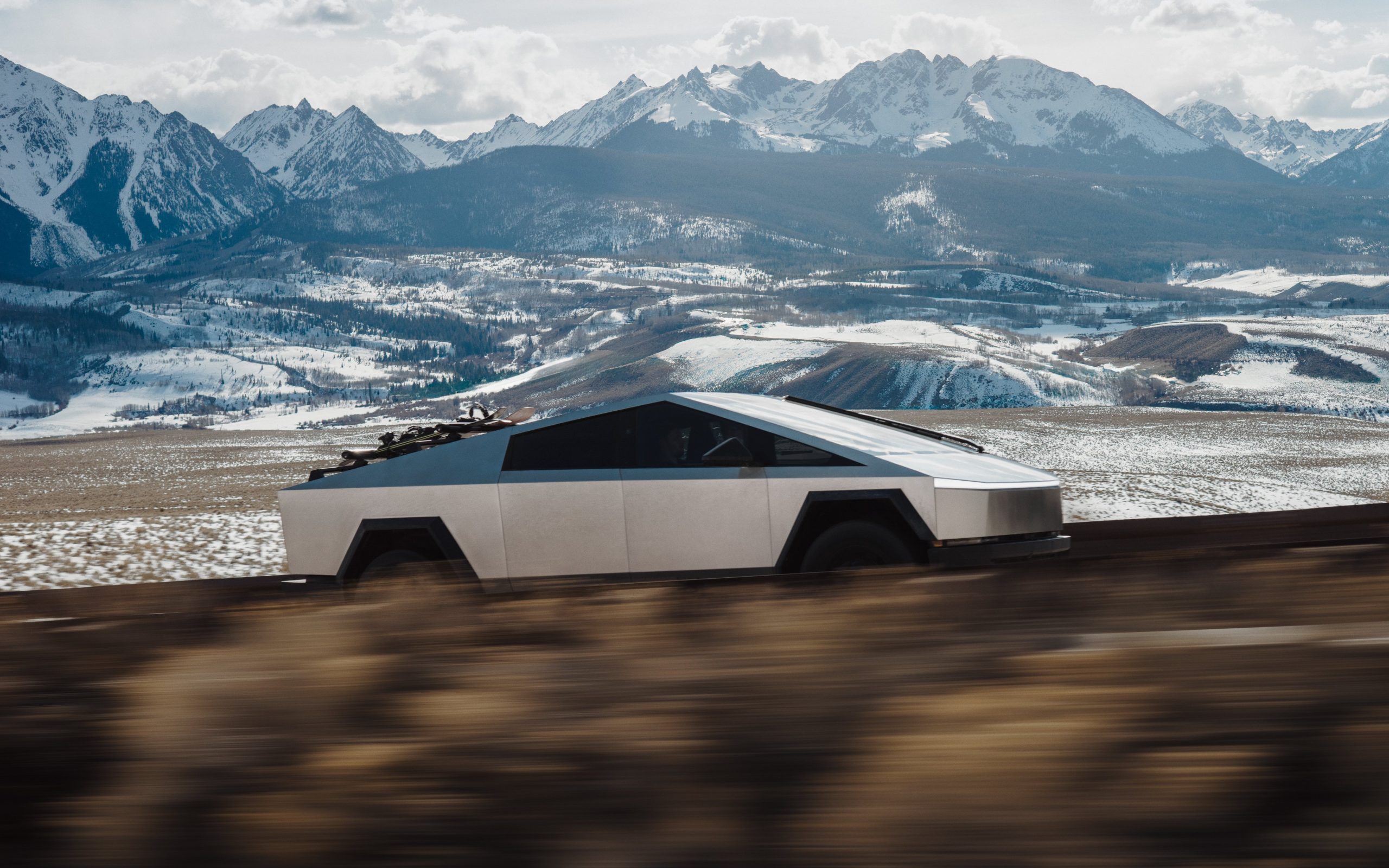
Tesla is officially ditching the development of a key Cybertruck charging feature, and the reason is very obvious, all things considered.
The Cybertruck is among the most unique vehicles available on the market, and, like all Tesla vehicles, it has continued to improve through Over-the-Air software updates that enhance performance, safety, and other technological features.
However, the development of some features, while great on paper, turns out to be more difficult than expected. One of these features is the presence of wireless charging on the all-electric pickup, a capability Tesla has been working to integrate across its entire vehicle lineup.
Tesla wireless charging patent revealed ahead of Robotaxi unveiling event
Most people who have used wireless charging for their phones or other devices have realized it is not as effective as plugging into a cord or cable. This is even relevant with Tesla vehicles, as the introduction of wireless charging for smartphones within the vehicles has been a nice feature, but not as impactful as many would hope.
It’s not necessarily Tesla’s fault, either. Wireless charging is a complex technology because much of the energy intended to be transferred to the phone is lost through heat.
Instead of the energy being stored in the battery, it is lost on the outside of the phone, which is why it becomes warm to the touch after sitting on a charging mat.
This is something that Tesla is likely trying to resolve with its vehicles before rolling out inductive charging to owners. The company has confirmed that it is working on a wireless charging solution, but it has yet to be released.
However, this feature will not be coming to the Cybertruck. Wes Morrill, the Cybertruck’s lead engineer, said that the vehicle’s height makes wireless charging “silly,” according to Not a Tesla App:
“Wireless charging something as far off the ground as the CT is silly.”
This is something that could impact future vehicle designs; the Cybertruck might not be the only higher-ground clearance vehicle Tesla plans to offer to customers. Therefore, being transparent about a design’s capabilities, or even developing technology that would enable this, would be useful to potential buyers.
At this point, wireless charging seems like it would be more advantageous for home charging than anything.
Due to its current inefficiency, it would likely be a great way to enable seamless charging in a garage or residential parking space, rather than something like a public charger where people are looking to plug and go in as little time as possible.
-

 News2 weeks ago
News2 weeks agoTesla is overhauling its Full Self-Driving subscription for easier access
-
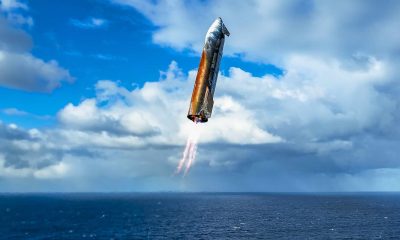
 Elon Musk2 weeks ago
Elon Musk2 weeks agoElon Musk shares unbelievable Starship Flight 10 landing feat
-
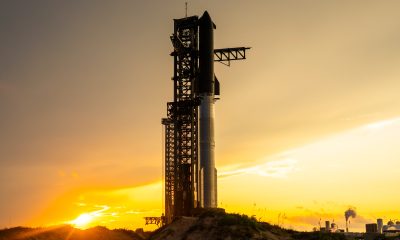
 Elon Musk2 weeks ago
Elon Musk2 weeks agoElon Musk reveals when SpaceX will perform first-ever Starship catch
-
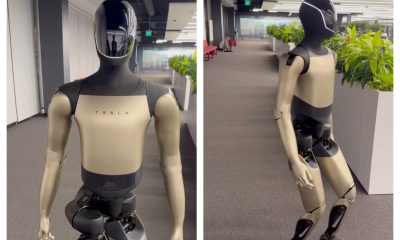
 Elon Musk1 week ago
Elon Musk1 week agoTesla’s next-gen Optimus prototype with Grok revealed
-
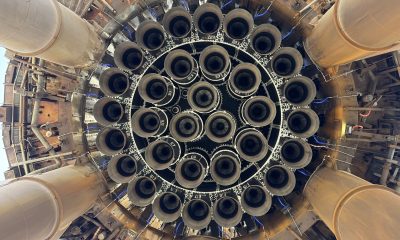
 Elon Musk2 weeks ago
Elon Musk2 weeks agoSpaceX Starship Flight 10 was so successful, it’s breaking the anti-Musk narrative
-
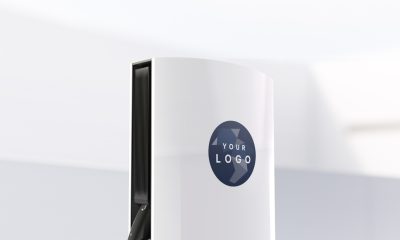
 News4 days ago
News4 days agoTesla launches new Supercharger program that business owners will love
-
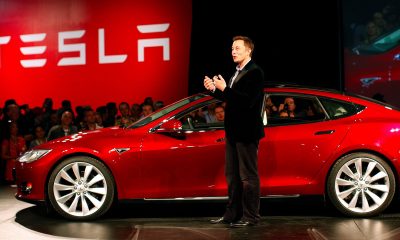
 Elon Musk4 days ago
Elon Musk4 days agoTesla Board takes firm stance on Elon Musk’s political involvement in pay package proxy
-
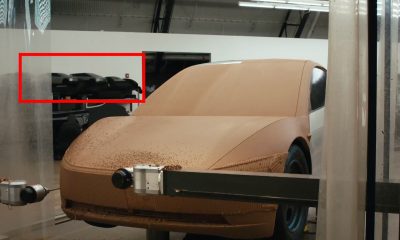
 News1 week ago
News1 week agoTesla appears to be mulling a Cyber SUV design


